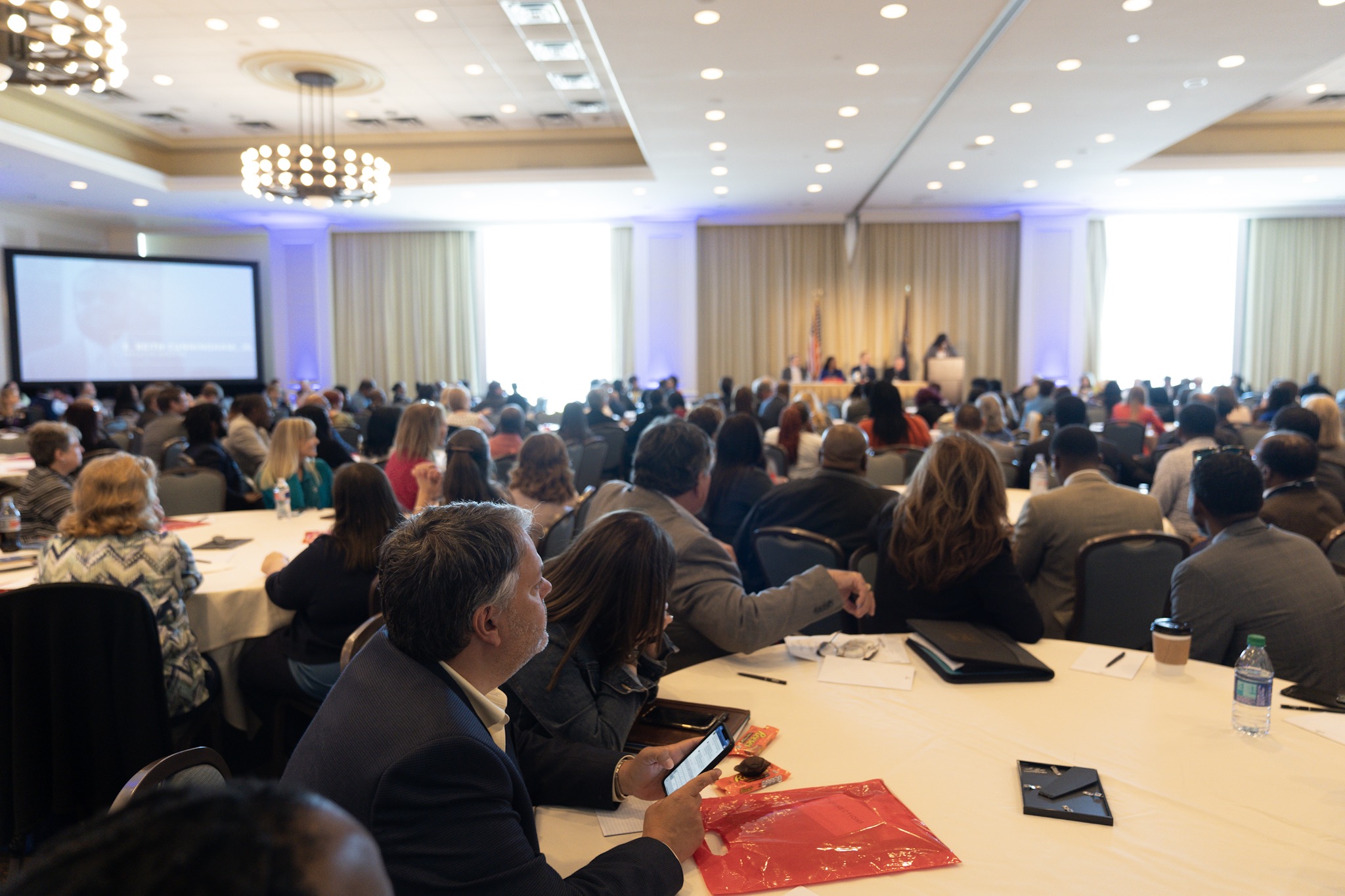The mission of the Louisiana Housing Corporation is to ensure that every resident of the state is granted an opportunity to obtain safe, affordable, energy-efficient housing and related services — and that mission is met through a variety of projects and initiatives.
Behind the scenes, affordable-housing professionals meet this mission by analyzing the latest data and research to formulate housing policies and develop programs.
“What’s essential is that this data represents real lives, real human beings,” LHC Executive Director Keith Cunningham says.
A panel of housing experts offered insights into the data that underpins affordable housing efforts during the Connections housing conference hosted by the Louisiana Housing Corporation. Here’s an overview of what they shared.
Needs Assessment
The panel, which took place before a packed room in downtown Baton Rouge, kicked off with an explanation from two Louisiana State University professors on the 2019 Housing Needs Assessment, prepared through an analysis of Louisiana’s regional housing markets by LSU’s Public Administration Institute and the university’s E.J. Ourso College of Business.
“It’s quite a sight to see this many people join together to talk about housing,” said LSU professor Roy Heidelberg, one of the needs-assessment researchers.
The assessment found that more than half of Louisiana’s renters spend more than 30% of their household income on rent and utilities. The report estimated that 169,000 households — over 28% of the state’s 600,000 renter-occupied households — are “extremely rent-stressed,” meaning they’re paying more than half of their household income on rent. And it found that more than 44% of renters devote more than 35% of their household income to gross rent, the threshold for being considered “rent-stressed”; this is the fifth-highest such rate in the country.
The 200-page document divided the state into eight regions and provides detailed data on factors such as housing, demographics and employment. It includes numerous graphics, maps and tables to tell the story about Louisiana housing, Heidelberg said.
“What we’ve tried to present with this document is a detailed presentation of housing and related issues throughout the state,” he said. “We hope to be able to use these data to continue our analysis and expand the promise of safe, affordable and adequate housing throughout Louisiana.”
Foster Care and Housing
Charmaine Jarvis Magee, Child Welfare Consultant with the Department of Children and Family Services, said Louisiana has more than 4,100 children in foster care. Of those, an average of more than 120 age out of the system annually. “This is a very vulnerable population,” she said.
A 2017 report by the Louisiana State Task Force on Youth Aging Out of Foster Care found that within a year of aging out, 1 in 5 young people were homeless; within two years, 1 in 4 were in prison. “We definitely have to do something about it,” she said.
Magee said the top need for this vulnerable population is housing, but that housing must come with effective case management and access to key resources. She said her agency is working with the LHC to add 16-year-olds in the foster care system to subsidized housing waiting lists. “At age 18 it’s too late,” she said.
The state is also expanding its foster care services to young people past the age of 18 through a $3 million grant from the national nonprofit Youth Villages. DCFS will use the money over three years to help pay for housing, transportation and health care assistance, along with educational and employment support.
Quantifying Homelessness
Matthew Doherty, executive director of the U.S. Interagency Council on Homelessness, said that every January there’s a nationwide count of people experiencing homelessness, which is largely conducted by volunteers.
“It’s not perfect data, but it gives us a good sense of the trends that are happening across the country,” he says.
Nationwide, homelessness dropped by 13% from 2010-2018, although the rate has remained flat since 2017, Doherty says. In Louisiana, an estimated 3,000 people were experiencing homelessness in 2018, down 7% from the previous year and an impressive reduction of 75% from 2010.
Doherty says his organization has emphasized aligning efforts to reduce homelessness and make housing more affordable. “We will not be able to end homelessness unless we have access to the affordable-housing opportunities that people need,” he says.



No Comments Yet
Let us know what you think